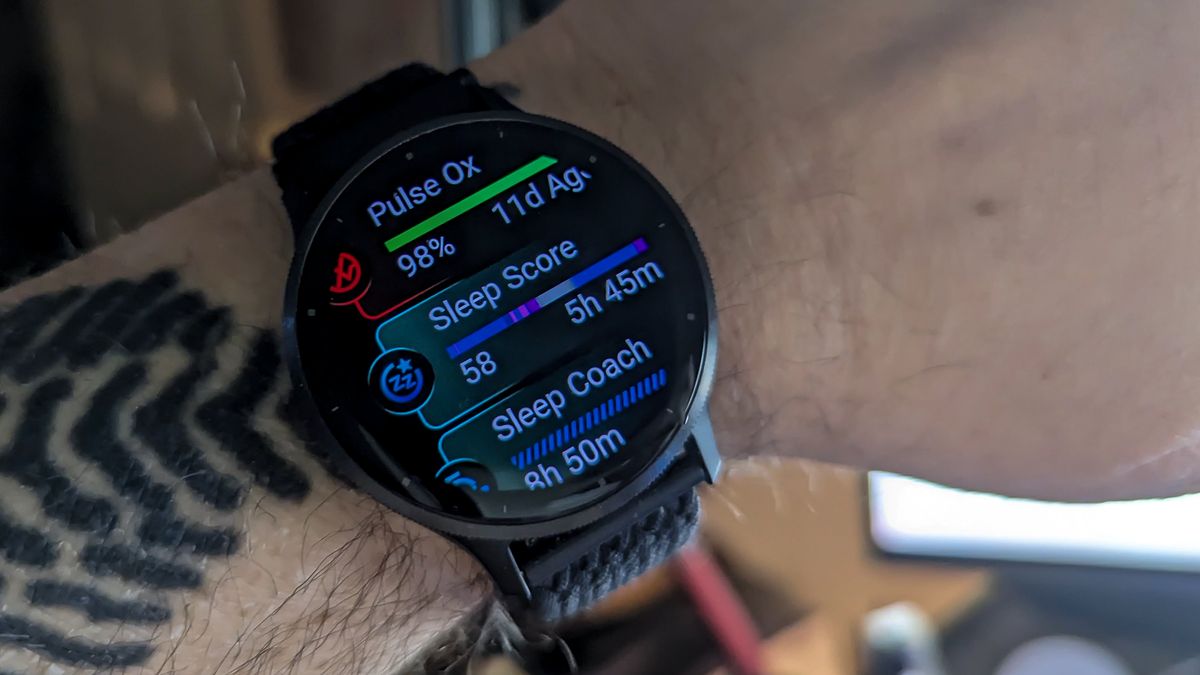Tragedy struck on the morning of August 24th
After 80 years, the famed World War II U.S. Navy submarine USS Harder’s wreck was discovered in the South China Sea. Located off the northern Philippine island of Luzon at 3,000 feet (about 900 meters), the submarine rests mostly intact except for damage from a Japanese depth charge behind its conning tower.
Lost in battle on August 24, 1944, during its sixth wartime patrol, USS Harder went down with its entire crew of 79 sailors while aiding the U.S. effort to liberate the Philippines from Japanese occupation.
“Harder was lost in the course of victory. We must not forget that victory has a price, as does freedom,” NHHC Director Samuel J. Cox, a retired US Navy admiral, said in the press release.
Following its success in sinking two Japanese escort ships near Bataan on August 22nd, 1944, the USS Harder continued north along the Luzon coast with two other submarines, hunting for further targets.
Tragedy struck on the morning of August 24th. Harder’s three torpedoes missed their mark in a confrontation with the Japanese escort ship CD-22. According to captured Japanese records, the CD-22 then relentlessly pursued Harder, ultimately sinking the American submarine with a depth charge attack on the fifth attempt.
The wreck of the USS Harder was confirmed thanks to data provided by the Lost 52 Project. This initiative, led by Tim Taylor of Tiburon Subsea, aims to locate all 52 US submarines lost during World War II. Notably, the project has already successfully found at least six other submarines from the war.
“We are grateful that Lost 52 has given us the opportunity to once again honour the valour of the crew of the ‘Hit ’em Harder’ submarine,” the NHHC’s Cox said, about the vessel’s motto.
The NHHC said the wreck is “the final resting place of Sailors that gave their life in defence of the nation and should be respected by all parties as a war grave.”
The Philippines, a US territory, fell victim to a surprise Japanese attack shortly after Pearl Harbor in December 1941. By spring 1942, overwhelmed US and Filipino forces on Luzon surrendered, allowing Japan to utilize the captured archipelago as a shield for its supply lines from Southeast Asia.
However, by mid-1944, the tide of the war had turned. The U.S., steadily pushing back Japanese advances across the Pacific, planned to liberate the Philippines.
Enter the USS Harder, a submarine known for its aggressive motto “Hit ’em Harder.” Commanded by the courageous Captain Samuel Dealey, the Harder achieved remarkable success during its fifth patrol (March-July 1944). According to the National Medal of Honor Museum, the submarine sank three Japanese destroyers and potentially destroyed or heavily damaged two more within a mere four days.
The museum recounts a particularly daring manoeuvre by Captain Dealey. Facing a charging Japanese destroyer, he ordered a daring “down the throat” torpedo attack, firing directly at the enemy’s bow.
“At 1,500 yards, Dealey fired three torpedoes and ordered the sub to dive. As the Harder passed 80 feet underneath the destroyer, two of the torpedoes struck the ship, sending shock waves through the submarine.”
In its initial four patrols launched in December 1942, the Harder inflicted significant damage on Japanese forces, sinking 14 warships and merchant vessels.








